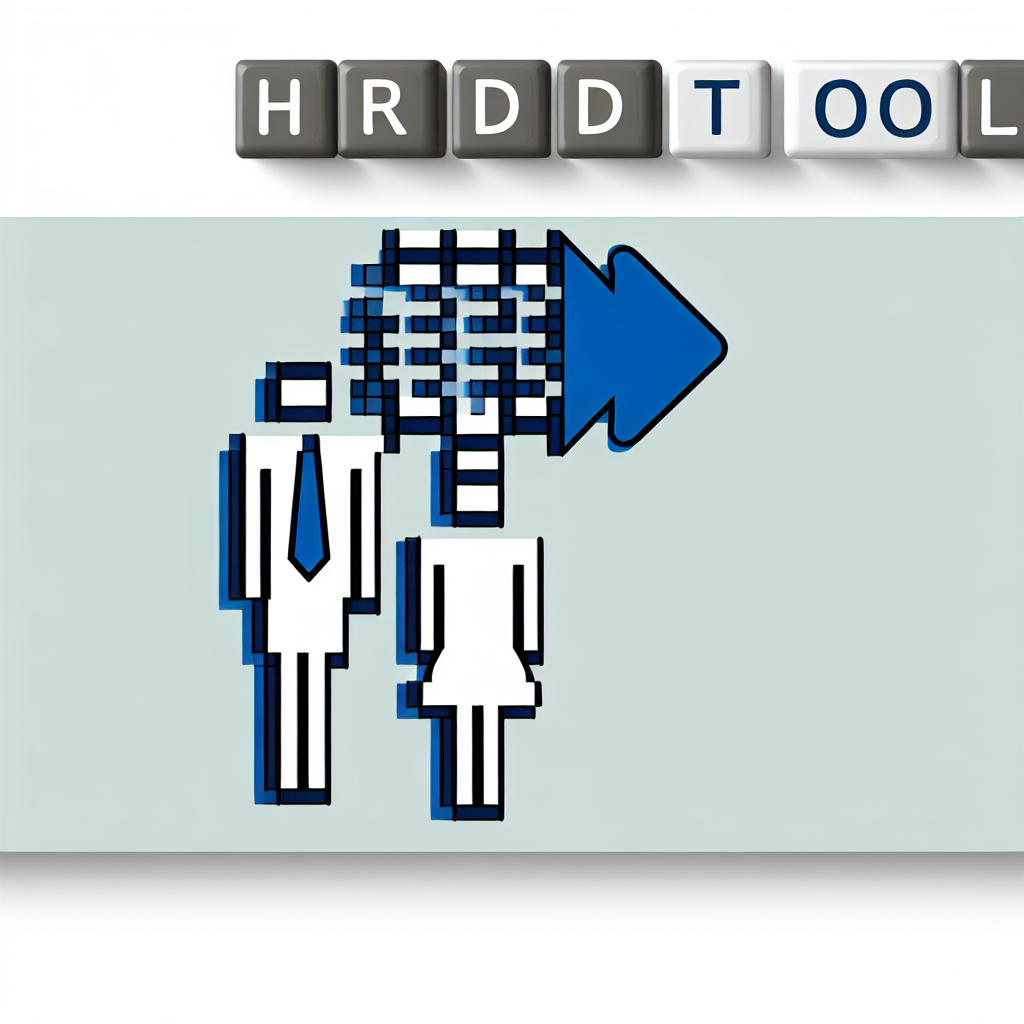
In the rapidly shifting landscape of modern business, the imperative for organisations to adapt and develop their human capital has never been more pronounced. Human Resource Development (HRD) stands at the forefront of this evolution, integrating various elements of training, organisational development, and career advancement to cultivate a workforce that can meet the demands of today and tomorrow. This article delves into the significance of HRD, its current trends, and the key benefits it brings to organisations and their employees.
What is HRD?
Human Resource Development is a multifaceted approach aimed at enhancing the potential of individuals within an organisation. By combining training, organisation development, and career development initiatives, HRD facilitates the growth of knowledge, skills, abilities, and overall employee performance. Its core objective is to increase productivity not just for the employees but also for the wider organisation.
Significance of HRD
HRD plays a critical role in the professional landscape, contributing to various essential areas:
- Employee Growth and Development: HRD supports both personal and professional development,providing employees with the necessary KSAs (knowledge, skills, and attitudes) for their current and future roles. This encompasses a range of learning opportunities, with on-the-job training often cited as one of the most effective methods.
- Organisational Efficiency: By equipping employees with appropriate skills, HRD enhances organisational efficiency. It specifically targets performance management, identifying areas needing improvement, thus allowing for strategic interventions that optimise staff capability.
- Team Effort and Enthusiasm: Central to organisation development strategies, HRD relies on collaborative efforts to overcome weaknesses in existing operational models. This requires creating a shared enthusiasm within teams as they strive toward meeting both new and existing objectives, thus boosting performance across the board.
Current Trends in HRD
The field of HRD continues to evolve, responding to new challenges and opportunities. Here are some notable trends:
- Agile Approach: An agile path for HRD strategies is increasingly being adopted, allowing organisations to quickly adapt to changes in the business environment and employee expectations. This involves leveraging data analytics to gauge learning effectiveness and updating performance metrics in real-time.
- Technological Integration: The infusion of technology into HRD practices has become imperative. Utilisation of tools such as job shadow enablement software (like Grandshake), workforce analytics platforms (like Cognisess), and career pathing applications (like Paddle) optimises resource management and enriches employee development.
- Continuous Learning Culture: HRD promotes a culture that values continuous learning. This entails encouraging employees to pursue new knowledge, embrace advanced technologies, and adapt to evolving work structures, while simultaneously fostering a positive environment that supports open communication.
Key Benefits of HRD
The implementation of effective HRD strategies yields a range of significant advantages:
- Enhanced Employee Skills: At its core, HRD seeks to develop and refine employee competencies, enhancing job performance and increasing overall productivity.
- Career Growth Opportunities: HRD equips employees with the tools to progress in their careers, allowing them to acquire new skills and explore various pathways within the organisation.
- Employee Engagement and Satisfaction: Initiatives driven by HRD create a positive workplace atmosphere focused on work-life balance and open dialogue. This leads to improved job satisfaction and higher retention rates.
- Leadership Development: Identifying and cultivating future leaders is a cornerstone of HRD. Through targeted training, coaching, and mentorship, organisations can maintain a robust leadership pipeline that underpins long-term success.
- Organisational Performance Improvement: By aligning individual objectives with those of the organisation, HRD enhances overall performance, enabling employees to contribute effectively and manage change proficiently.
Implementing HRD Strategies
For HR professionals seeking to introduce or refine HRD initiatives, the following steps can serve as a guide:
- Assess Current Needs: Conduct an evaluation of existing skills and identify gaps in knowledge or capability. This analysis should involve input from various organisational layers, ensuring a comprehensive understanding of needs.
- Set Clear Objectives: Establish specific, measurable, achievable, relevant, and time-bound (SMART) goals for the HRD strategy. This not only clarifies the direction of the initiative but also helps in measuring success over time.
- Leverage Technology: Invest in modern learning tools and systems that facilitate skill development. Consider platforms that allow for flexible learning paths, real-time feedback, and dynamic assessments.
- Promote a Learning Culture: Cultivate an environment that encourages continuous learning by recognising and rewarding improvement and innovation. This may involve creating mentorship programs or endorsing external training opportunities.
- Monitor and Evaluate: Continually track the effectiveness of HRD initiatives through performance metrics and feedback. Regular assessments will allow for adjustments to be made in response to changing business and employee needs.
Conclusion: The Future of HRD
As businesses evolve, the role of HRD will only grow more critical. By recognising the importance of employee development, organisations can create a workforce that is not only prepared to meet current demands but also adaptable to future challenges. The integration of technology and the promotion of a culture of continuous learning are vital in this journey.
In summary, HRD is not just an essential ingredient for organisational success; it is a strategic investment in a company’s most valuable asset—its people. By focusing on individual and collective development, organisations can enhance productivity, boost morale, and ensure sustained performance that aligns with their long-term goals.
By prioritising HRD, HR professionals can play a crucial role in shaping an adaptive and resilient workforce well-positioned for the challenges of the future.
For further insights on implementing effective HRD practices, consider exploring the following resources:
- Cognisess – Workforce analytics to gauge employee development.
- Grandshake – Job shadow enablement software for workforce training.
- Paddle – Career pathing tools to support employee growth.
With HRD at the forefront, a brighter, more productive future awaits for both organisations and their employees.
Vadim Kouznetsov is a distinguished entrepreneur and the visionary founder and CEO of JobXDubai.com, the UAE’s rapidly expanding job board. Renowned for his expertise in bridging the gap between job seekers and employment opportunities, Vadim has become a leading authority in the recruitment and job market of Dubai.
